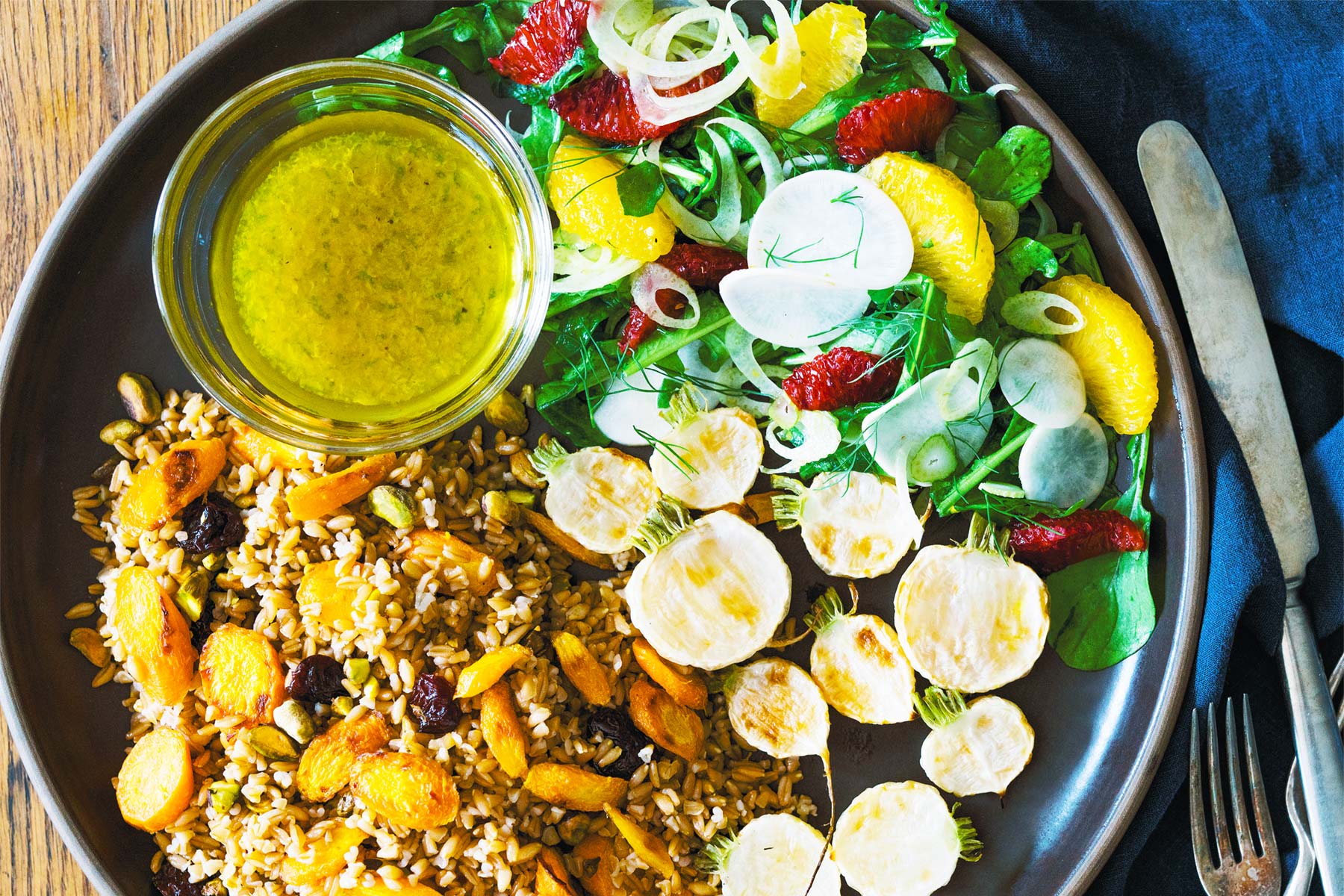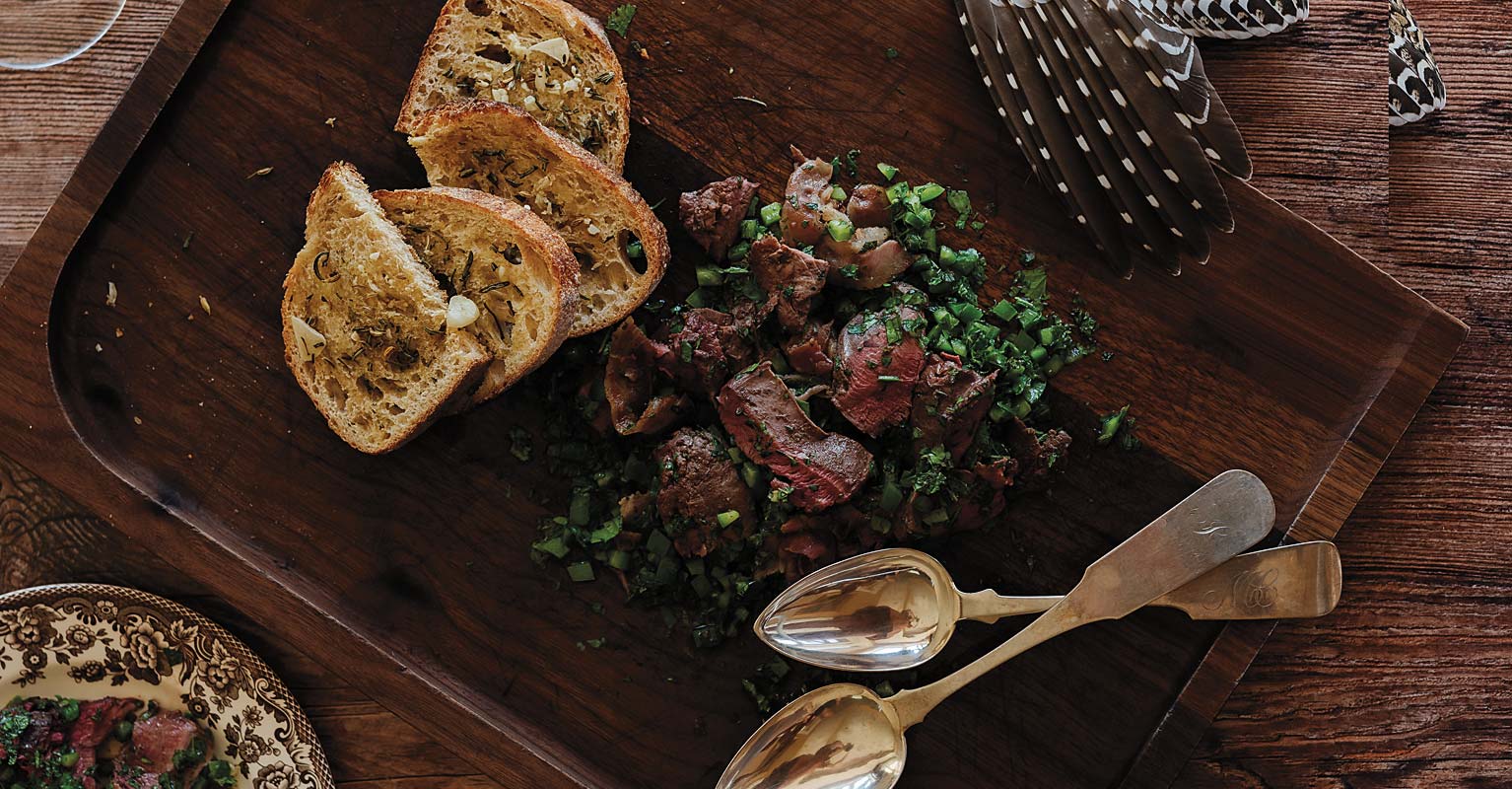from The Chef Philosopher
Brian Menges learned to make Tajarin pasta from Maurizio Abarello in his restaurant Trattoria Antica Torre in Barbaresco, Italy. Though Abarello used 00 flour, Menges has success with all-purpose.
Serves 4 as an appetizer
So much of what we do in professional kitchens is so complicated, and I love this recipe for its absolute simplicity. I spent two mornings with Maurizio in his kitchen and I was blown away by how simple and how perfect this dough is.
The basic ratio Maurizio taught me was 20 egg yolks to every kilo of 00 flour. I have found that egg yolks vary in size. The ratio we use in the bistro is a strict 1:1 ratio by weight of all-purpose flour to egg yolks (if you don’t have a digital scale, buy one). Let the dough rest for about 20 minutes. It is a stiff dough that, if made by hand (for home use, I totally recommend making it by hand), needs to be run through the widest setting on your hand-crank pasta machine, multiple times, folding it over until it becomes very uniform and smooth. Then simply run it through each setting on the pasta machine (don’t skip numbers) until the second or third thinnest (depending on the manufacturer and personal preference). Hang the sheets of rolled dough over a broomstick suspended between two chairs, just like an Italian grandma. Let it dry for about 20–30 minutes. Knowing when it is dry enough to roll and cut involves tactile knowledge: If it is too wet, the dough will just get smashed together; if it is too dry, it will crack and crumble. But don’t fret, the window is wide. You can also just put the fettuccine attachment on the pasta machine and run it through.
Tajarin is by definition a hand-cut pasta, but Maurizio cuts it about the same width as traditional fettuccine. Using the fettuccine attachment gets rid of the problem of cutting wet dough and makes the window even larger. Even if the dough is too dry and crumbles, it is still perfectly edible—you just get short noodles. You can use this dough in all kinds of applications, including stuffing it for ravioli, leaving it in sheets for lasagna, or roughly tearing it for stroganoff.




